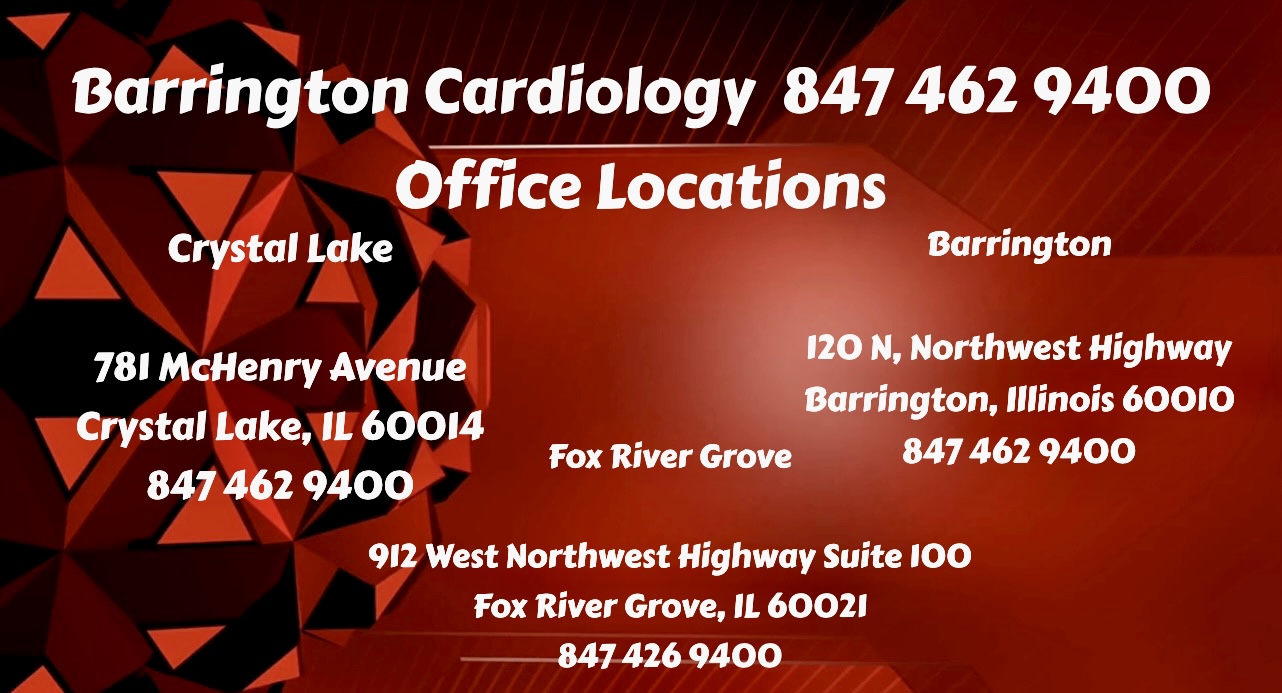
Invasive procedural therapy for vein insufficiency has been proven to be safe and efficient . The following procedures are FDA approved in US :
-
Ablation with Laser or Radiofrequency – shrinking and collapsing the faulty vein, resulting in vein scaring
-
Phlebectomy – removal of bulging varicosities
-
Sclerotherapy – chemical destruction of the vein.
What is a vein ablation
Ablation means cauterizing with disappearance of large, deeper veins: Great saphenous veins and Small Saphenous
Ablation can be done using different types of energy and catheters , but the same technique. With RFA we use heat as radio wave energy , delivered by a catheter to cauterize (burn) the vein . With laser, multiple bursts of laser energy is delivered to the vein wall, shrinking and collapsing the vein . Laser fibers and radiofrequency electrodes are long thin wires that carry energy from power generators into the body.
Choosing one technique over another depends on your vein anatomy, size, tortuosity. Both techniques end in the same results.
-
The large, deeper veins are located inside your muscle, not visible to you, and detected by ultrasound.
-
These large veins should always be treated first, before the spider veins; not treating them first will lead to recurrence of the superficial, cosmetic , spider veins, in the same location or different ones.
Ablations are performed under strict sterile conditions and under Ultrasound guidance.Your leg will be washed with sterile solution and covered with sterile surgical drapes.
Ultrasound imaging is used throughout the procedure locating the vein and the desired position of the catheter tip. 
Local anesthesia is given at the point of entry into the vein, felt as a bee sting and burning sensation.
- The catheter ( a tiny pipe) is inserted into the vein and advanced under Ultrasound guidance to the uppermost segment of the vein- the groin or behind the knee, depending which vein is treated

The ablation catheter
- Diluted anesthetic fluid is injected into the area surrounding the vein. This numbs the leg providing a layer of protection outside the vein.

- The vein is then treated by delivering energy through the catheter .

